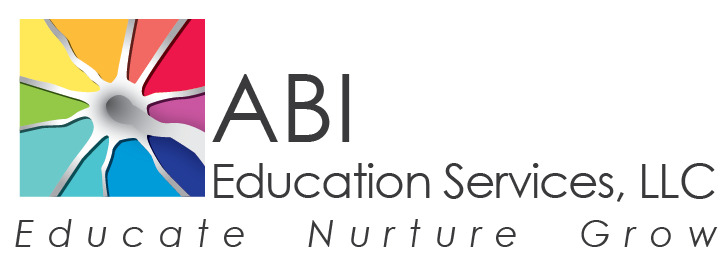Educating Students with Brain Injury
Traumatic brain injury or TBI affects students in school
The highest incident rate of acquired brain injury or ABI directly corresponds to children in primary and secondary school settings. Despite this data, the Special Education Department still identifies traumatic brain injury or TBI as a low incident disability. This is quite troubling, especially since schools are the primary providers of services for children after brain injury, not medical facilities. Unfortunately, school professionals seldom possess the knowledge in regards to how best to educate these students. Currently, there is little known on how school systems are meeting the needs of this population.
Effective service coordination: The delivery of services
Effective service coordination requires strategies that link students and families with the range of needed services, supports and enrichment opportunities. It’s important for parents, teachers and school professionals to understand the big picture of the education process for students with brain injury. There is a lack of collaboration and organization, which inhibits the effective coordination of services and supports.
An appropriate education, provided through service coordination, utilizes multiple organizations to provide effective outcomes. The in-school support should be provided on an on-going basis and change and evolve over time as students’ needs change. There are many components that underscore what comprises effective service coordination. Three of these components are discussed below:
1. IEP Process
Many parents are not aware of their rights in regards to planning their child’s Individualized Education Program (IEP). Parents know and understand their child best, but after brain injury they might not always be the most practical advocate for their child. This is because they, like most teachers, do not understand the long-term implications of ABI.
This is why it is often beneficial to have a brain injury education specialist on the IEP team. This is a person who has been trained in the area of brain injury and how it relates to a child’s education. Schools are legally obligated to provide this service. In addition, parents have the final say in the implementation of their child’s IEP plan. They must give final approval. The school cannot do anything without parent approval.
However, parents often place too much emphasis on the role the IEP plays in their child’s education. While it is a very important component, it is just one component in the overall endeavor of service coordination. The Individual Service Plan (ISP) and the Individual Transition Plan (ITP) should be used in conjunction with the IEP to coordinate successful participation in and transition within the learning process.
2. ISP Process
The Individual Service Plan (ISP) addresses the related services a child receives to help maximize the benefits of his/her education. These related services are oftentimes recorded in the IEP. These services can include:
Physical Therapy
Occupational Therapy
Speech and Language Therapy
Community/Recreational Services
Psychological/Counseling services or
In-school Nursing Services
The related services and supports a child receives should be coordinated within the educational setting, not isolated from a student’s educational goals. This means related services should be provided within the school setting.
3. ITP Process
The Individual Transition Plan (ITP) should start prior to the student turning 14 years old. While the ITP focuses on post-secondary activities, actually there are various levels of transition within the school system.
The first level is transition from the hospital or rehabilitation setting and integration back into the school system.
The second level of transition is identified as the day-to-day, semester-to-semester, grade level-to-grade level, or school system-to-school system transition processes.
The third level of transition, as addressed in the ITP, is from the school setting into post-secondary life. The particular choice of post-secondary life varies from student to student and depends on whether or not the student wants to enter the work force or continue their education.
The Individual Transition Plan (ITP) is a very important component of the overall effectiveness of service coordination. Fragmentation of the transition process at any of the three levels sets the tone for what is to come. For example, a positive, smooth transition process from the hospital to school setting creates a constructive environment for the student’s immediate and future goals.
Conclusion
The key to effective and appropriate service delivery is communication. The goal of effective service coordination is to unite all parties by encouraging a cooperative and positive relationship, so that everyone is working together and not working against one another.
